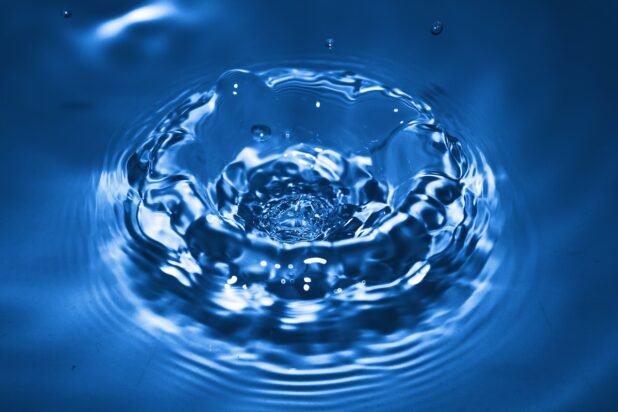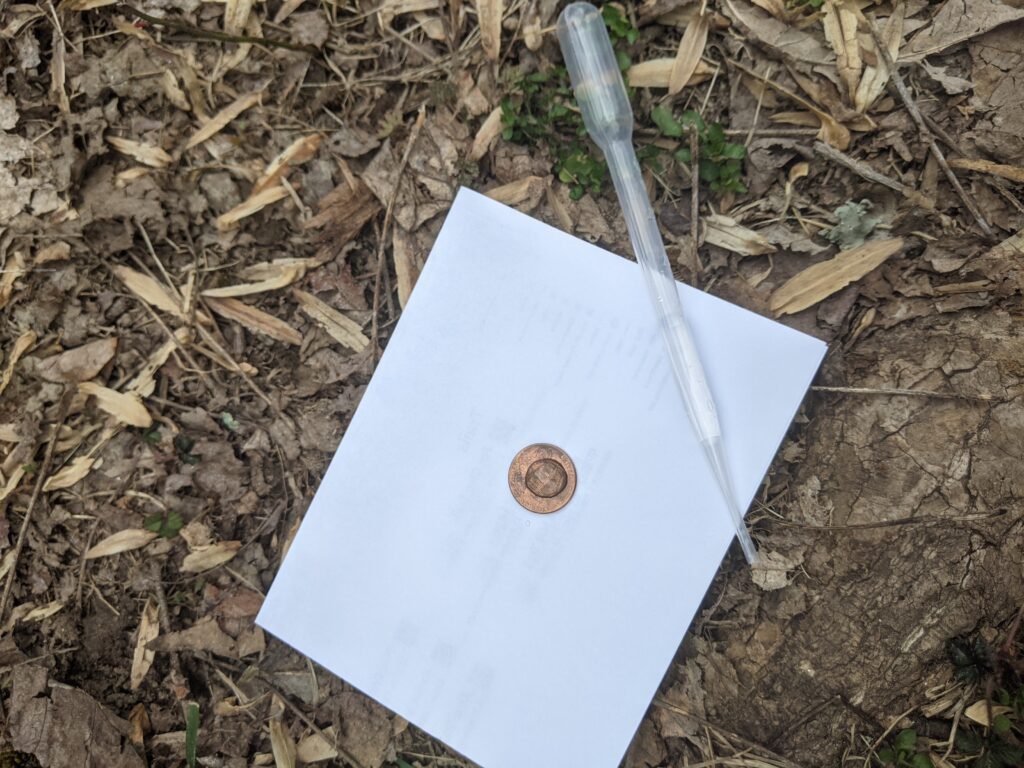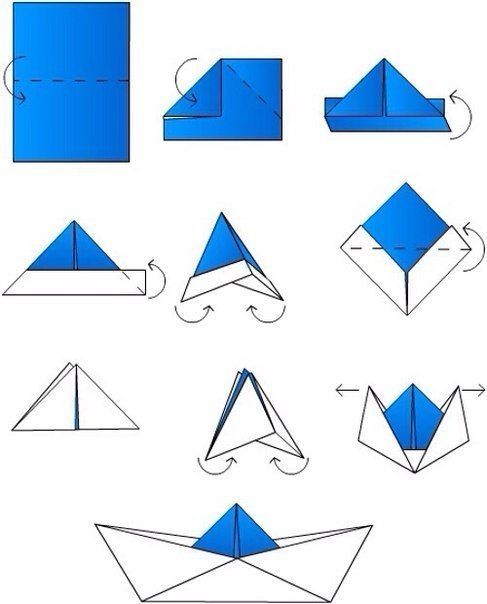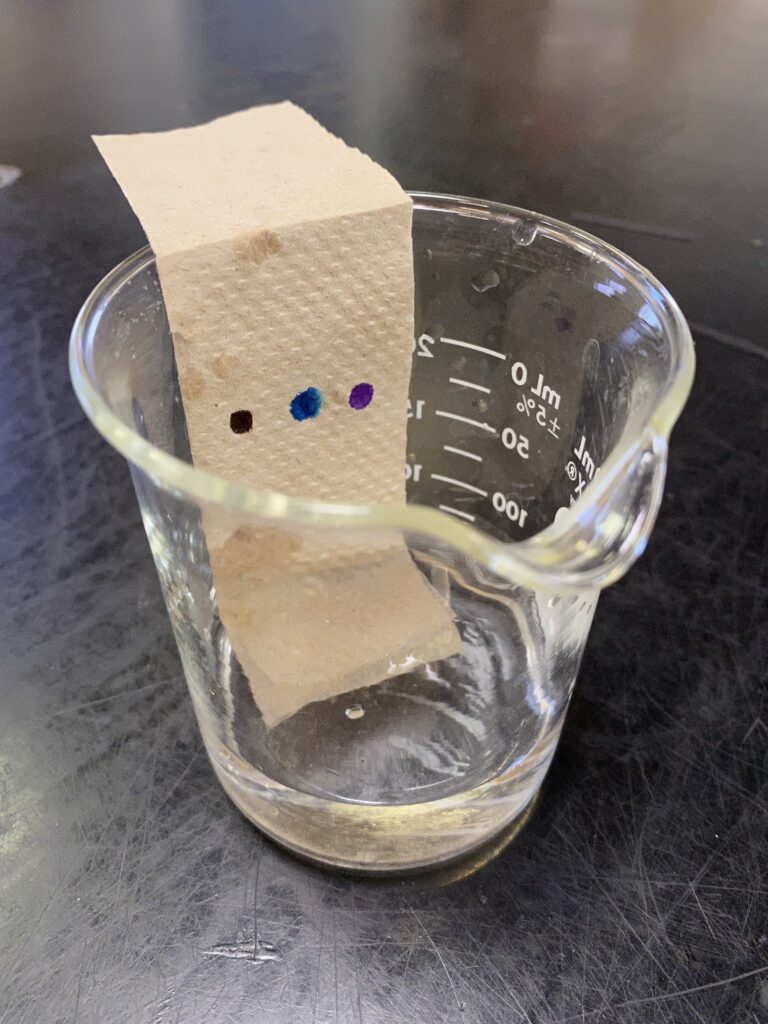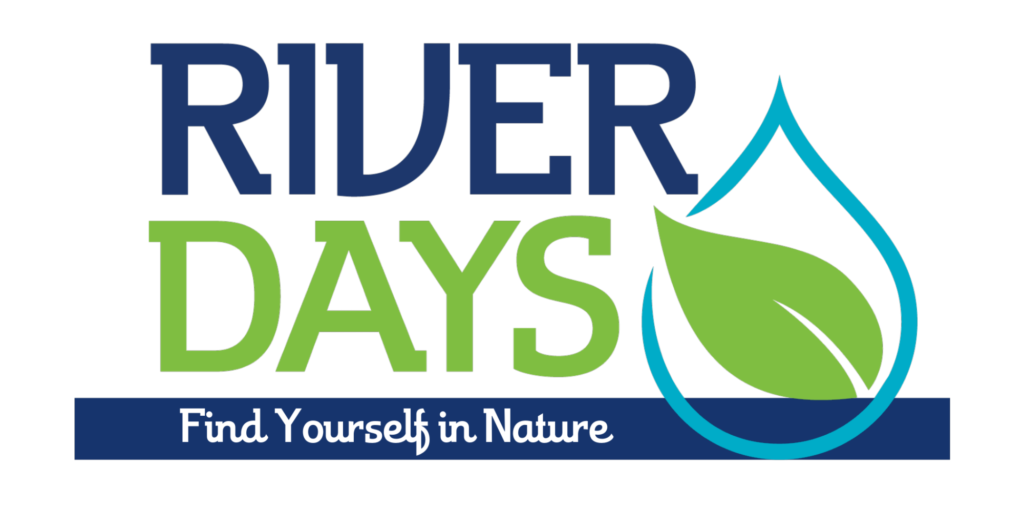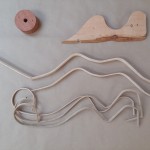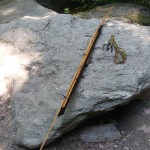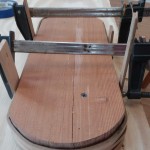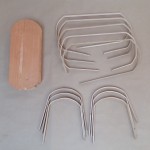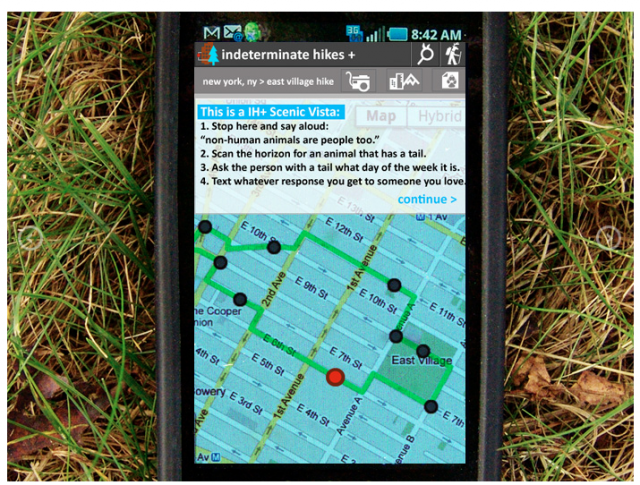World Water Day is on Monday March 22. According to the United Nations, World Water Day “celebrates water and raises awareness of the global water crisis,” and this year’s theme is valuing water. Let’s celebrate our favorite liquid with these fun activities! (To learn more about World Water Day, and join in on the virtual celebration, visit https://www.unwater.org/worldwaterday2021/.)
Every Saturday, Nature Kits are given out on a first-come, first-served basis from 10:00 am-12:00 pm. Nature Kits focus on a different theme each week and are meant to be done along our trails and given back once completed. If you can’t make it out to the Center to pick up a kit, make sure to check our blog each week for ways to get in some nature exploration at home.
Activity #1: Drops on a Penny
There are many properties of water that make it unique. One of these is its high surface tension. Surface tension describes the strong “layer” at the top of water. It’s what makes it possible for the water strider to “walk” across the surface of water. But don’t take my word for it. Test it yourself!
Materials: penny, eyedropper, water
- Place a penny on a flat surface. (Choose wisely—the surface will get a little wet!)
- Use an eyedropper to slowly drip drops of water onto the penny.
- See how many drops you can add before the surface tension breaks.
Activity #2: What floats your boat?
Buoyancy is the force that allows things to float on water. A paper boat, for example, floats on water because the force of the boat pushing down towards the water is less than the force of buoyancy pushing up from the water. Test it out by making your own origami boat using the graphic instructions below.
Materials: 8.5×11 paper, bowl or sink full of water, coins/stones optional
- See if your boat can float in a tub of water or a sink.
- Place small stones or coins into your boat to see how much weight it can hold until it is no longer buoyant and sinks.
Activity #3: Water on the Move!
Water is the liquid form of H2O. As a liquid, it has some unique properties that allow it to move about. One way water moves is through capillary action. Simply put, capillary action is the ability of a liquid to move without—or even against—gravity through a small space. Water will wick, or draw itself upwards, because it likes to stick to itself and often also to the surface around it. See for yourself!
Materials: cup, 10×2 inch strip paper towel, washable markers, water.
- Get a cup and fill it with about 1 inch of water.
- Cut a 10×2 inch strip of paper towel.
- Use washable markers of varying colors to draw a line of circles across the 2 inch width about 5 inches up the strip.
- Fill in the circle.
- Drape the paper towel over the edge of the cup so that the bottom is just touching the water.
- Fold the top over the edge to keep it from falling in.
- Now wait and watch!
- Can you see the water moving up the paper towel?
- What happens when the water reaches the dots of marker ink?
—Patti Dunne, Environmental Educator

